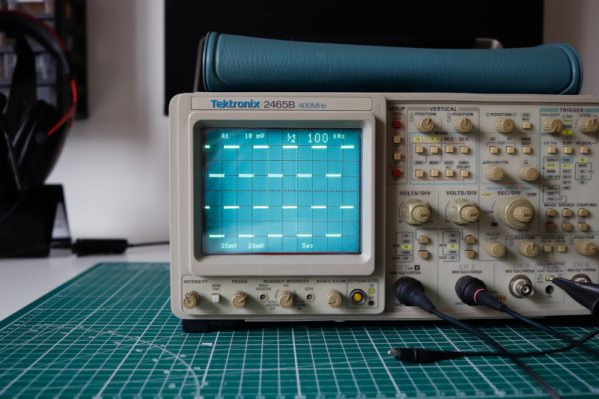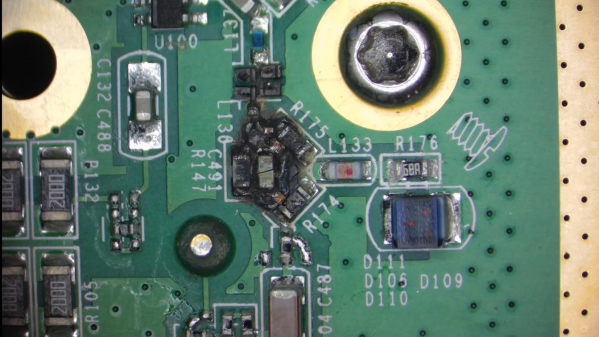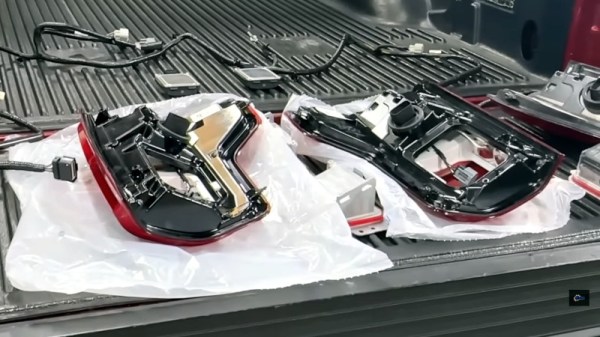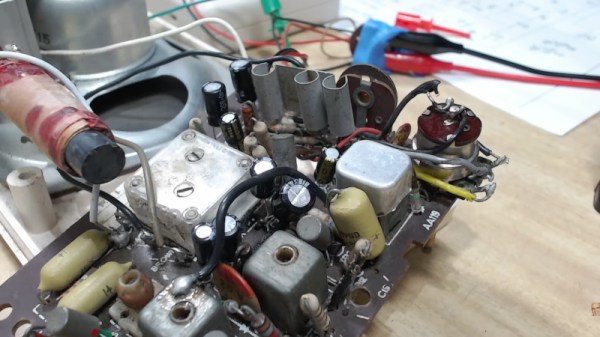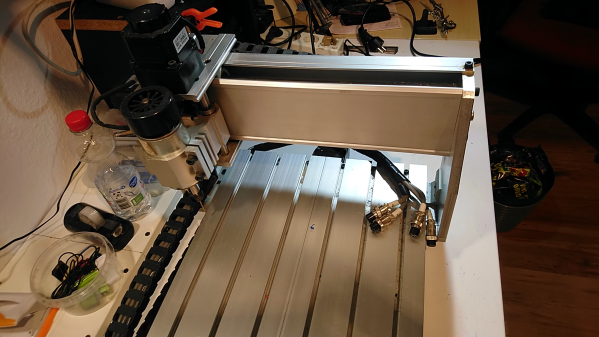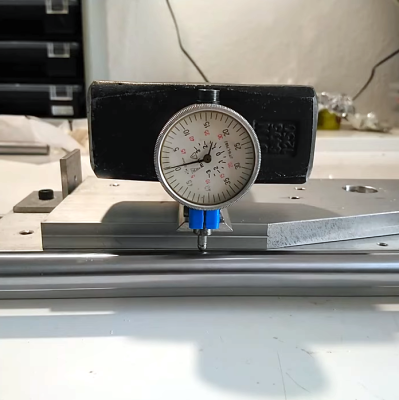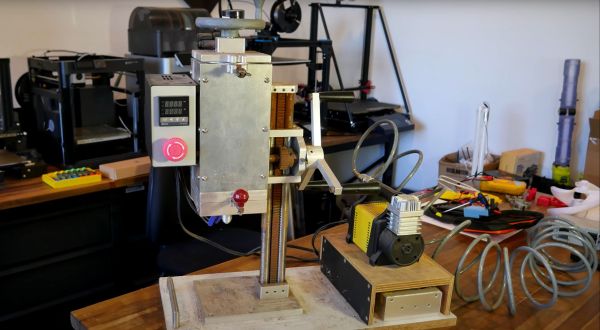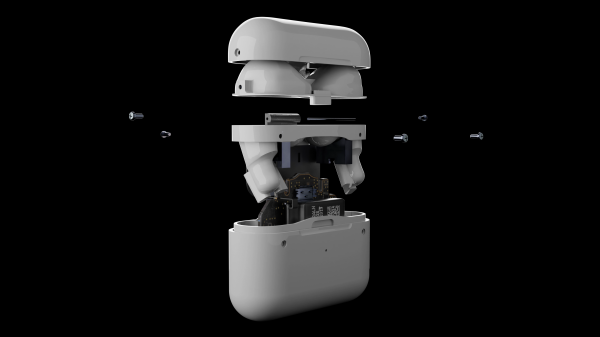If you read Hackaday, you probably get the title of [SunEstra’s] post: A Casual Date with the Dumpster. Many great hacking projects start with finding one man’s trash. This June, [SunEstra] rescued an old Tektronix 2465B oscilloscope, which appeared to be in good shape. Why we never find four-channel 400 MHz scopes in the dumpster is hard to explain, but we are still happy for him, if not a little jealous.
As you might expect, powering up the scope was a disappointment. Relays clicked. Lights flashed. But no display. Adjusting the grid bias on the CRT brought up the display, but it also brought up something else: an error message.
The scope was complaining of “test failure 05-40.” A look through the manual reveals that is “positive level too positive.” Huh. Too much of a good thing, we guess. The test checks the A5 board, so a visual inspection there was the first step.
Unsurprisingly, there were electrolytic capacitors leaking electrolyte. This is, apparently, a well-known problem with this scope. Replacing the electrolytics with some similar tantalum capacitors. In a few cases, the corrosion had eaten pads off the PCB, and some were damaged during the removal. It took a little ingenuity to connect the new parts on the board.
The result? A working scope. Maybe the scope will help repair the next thing that comes out of the dumpster. Sometimes, the best dumpster dives involve intercepting the gear before it hits the dumpster. We keep hoping to run into one of these on the curb (the linked post seems dead, but the video is still there).

